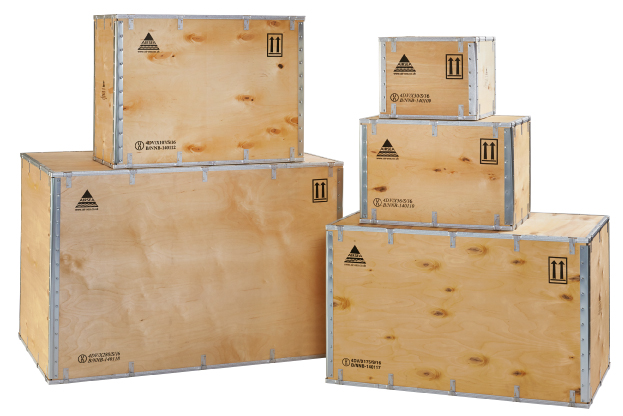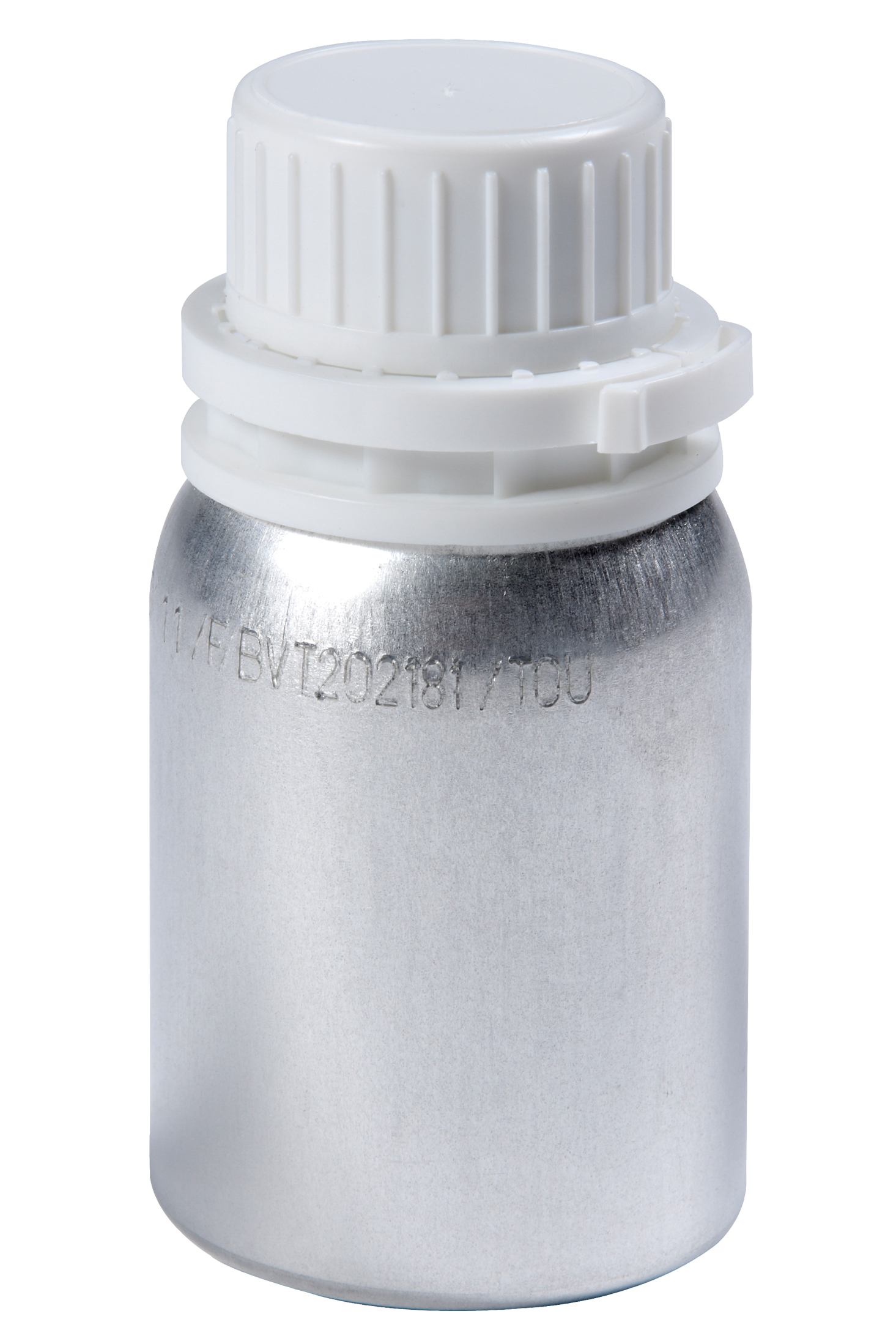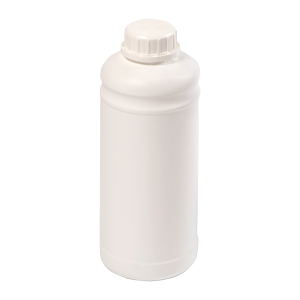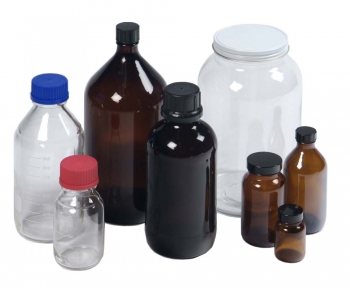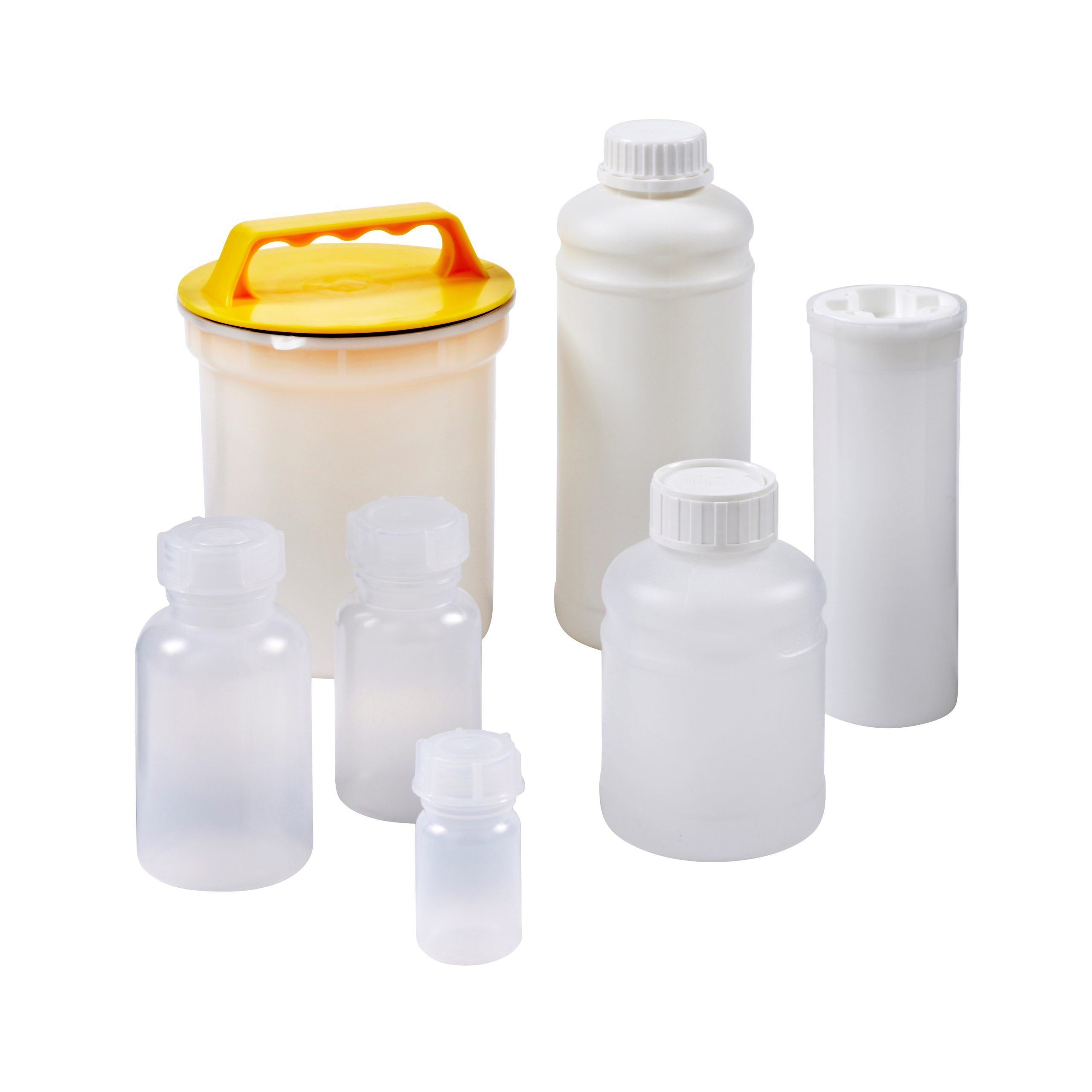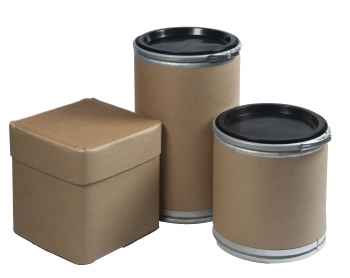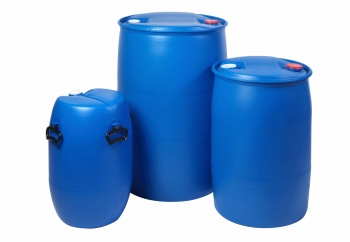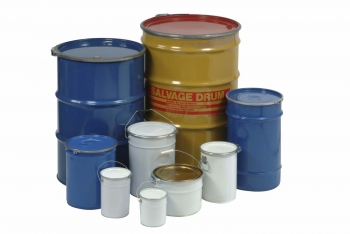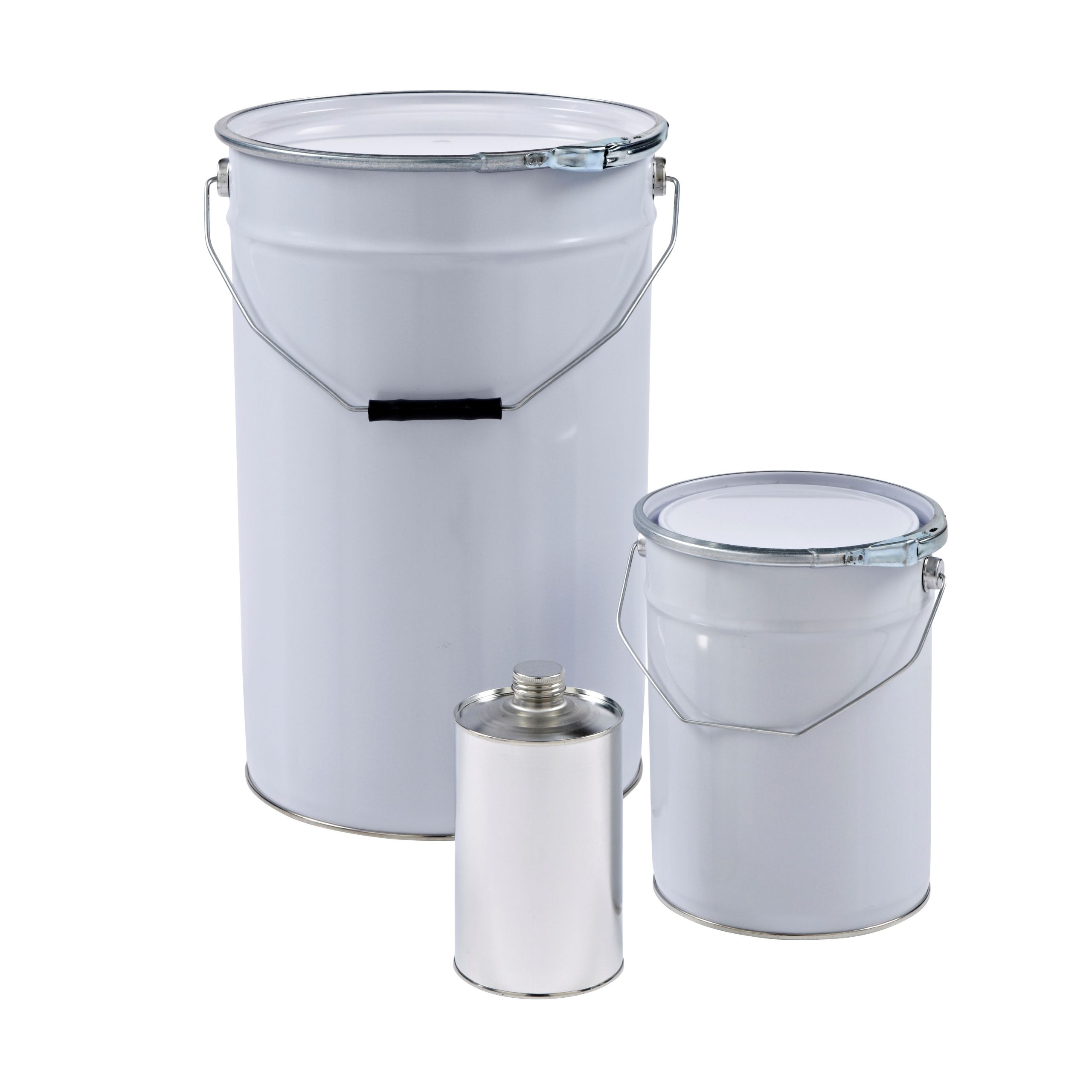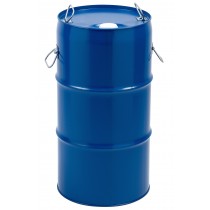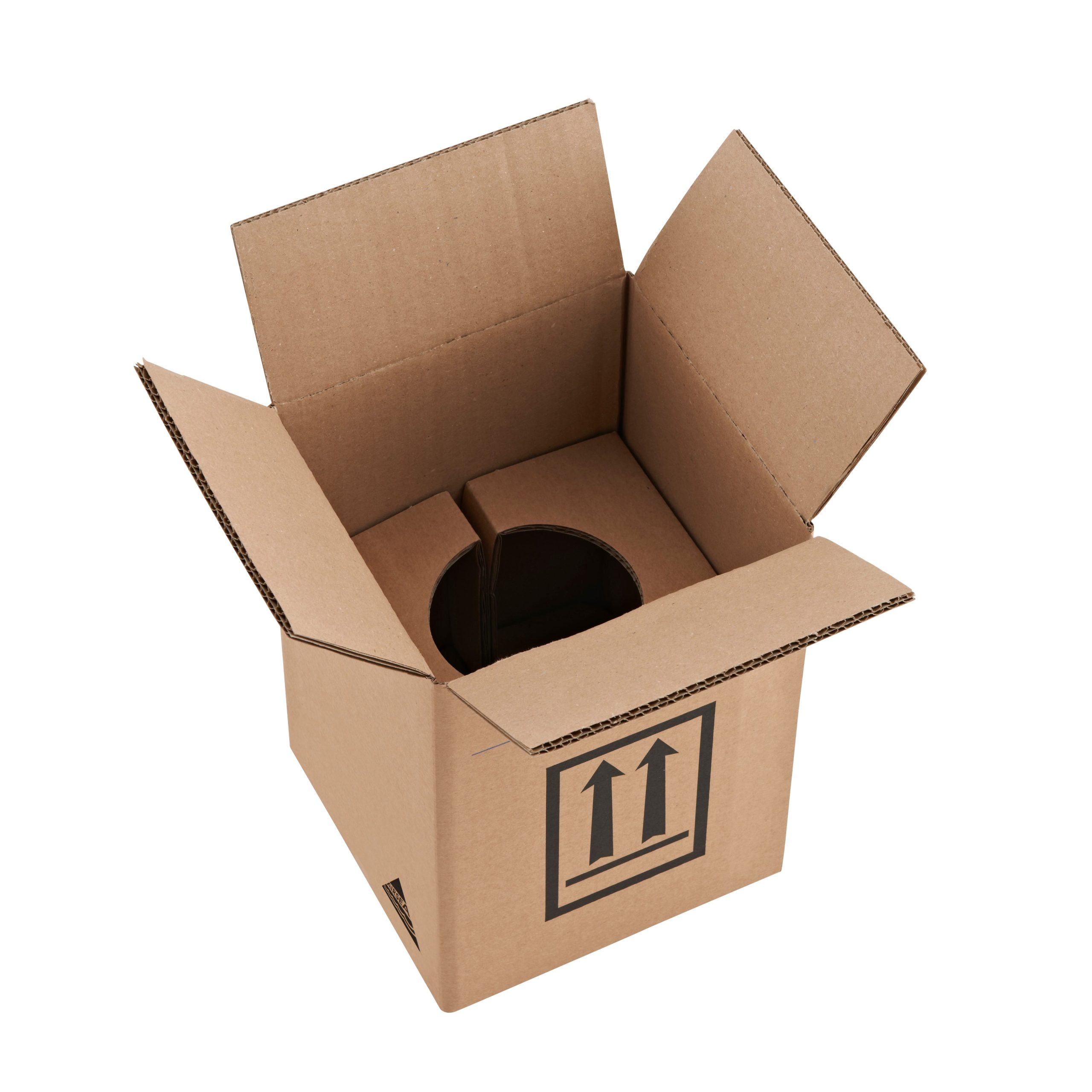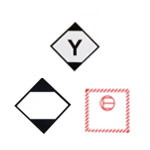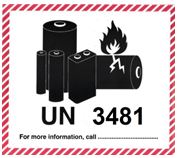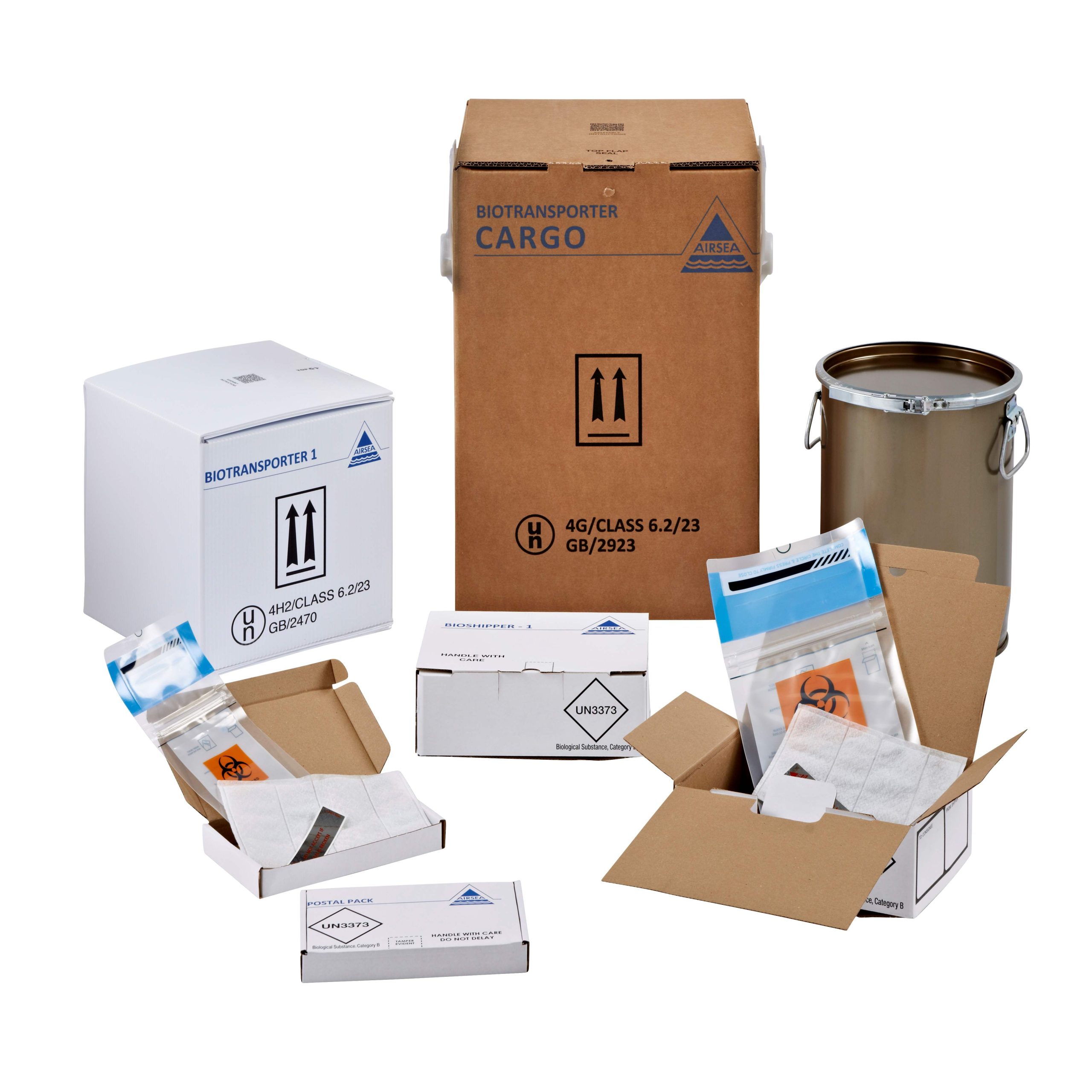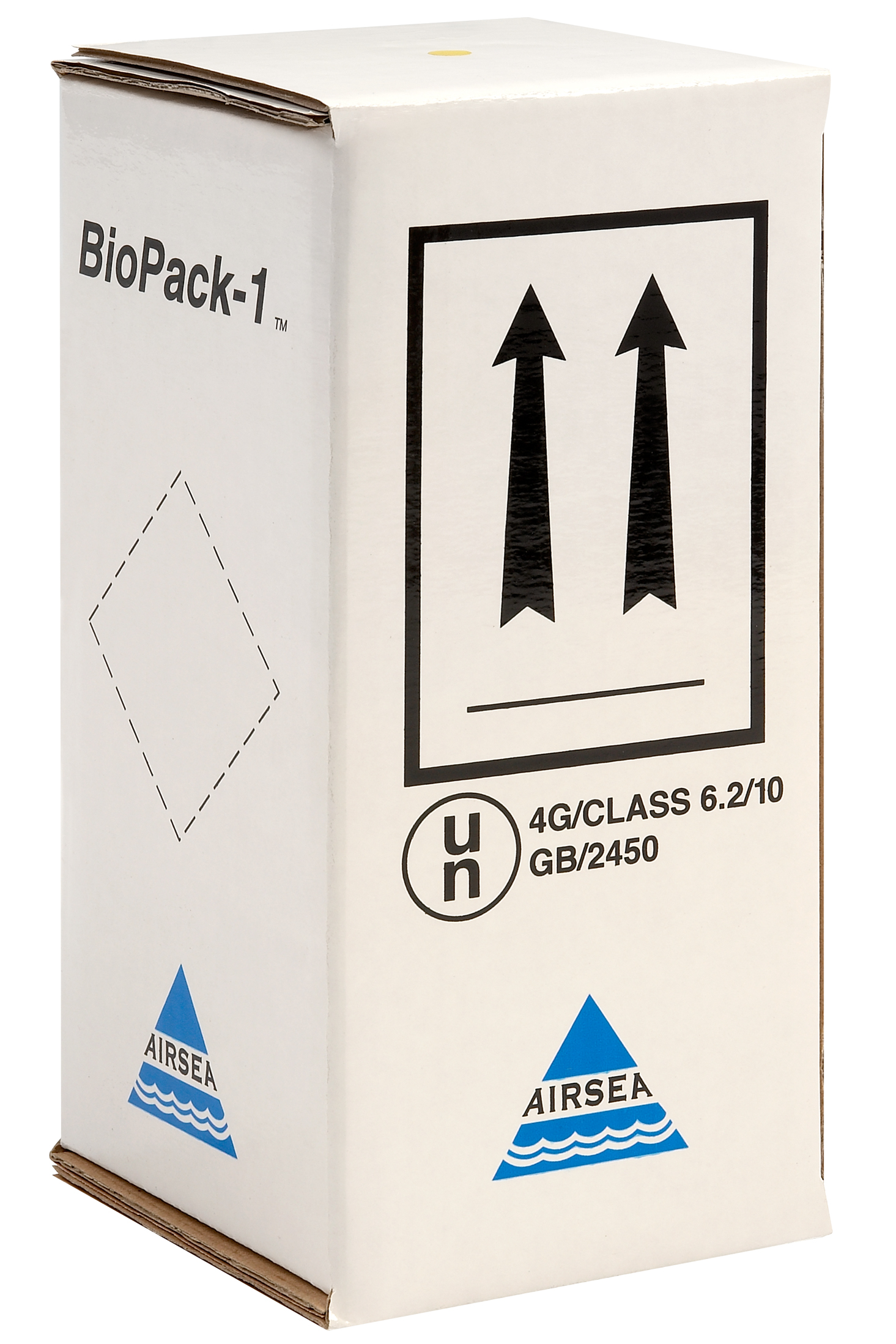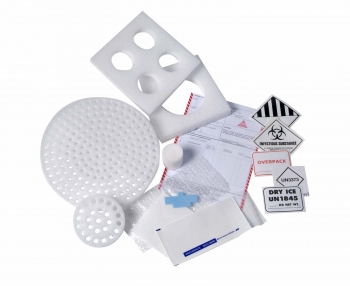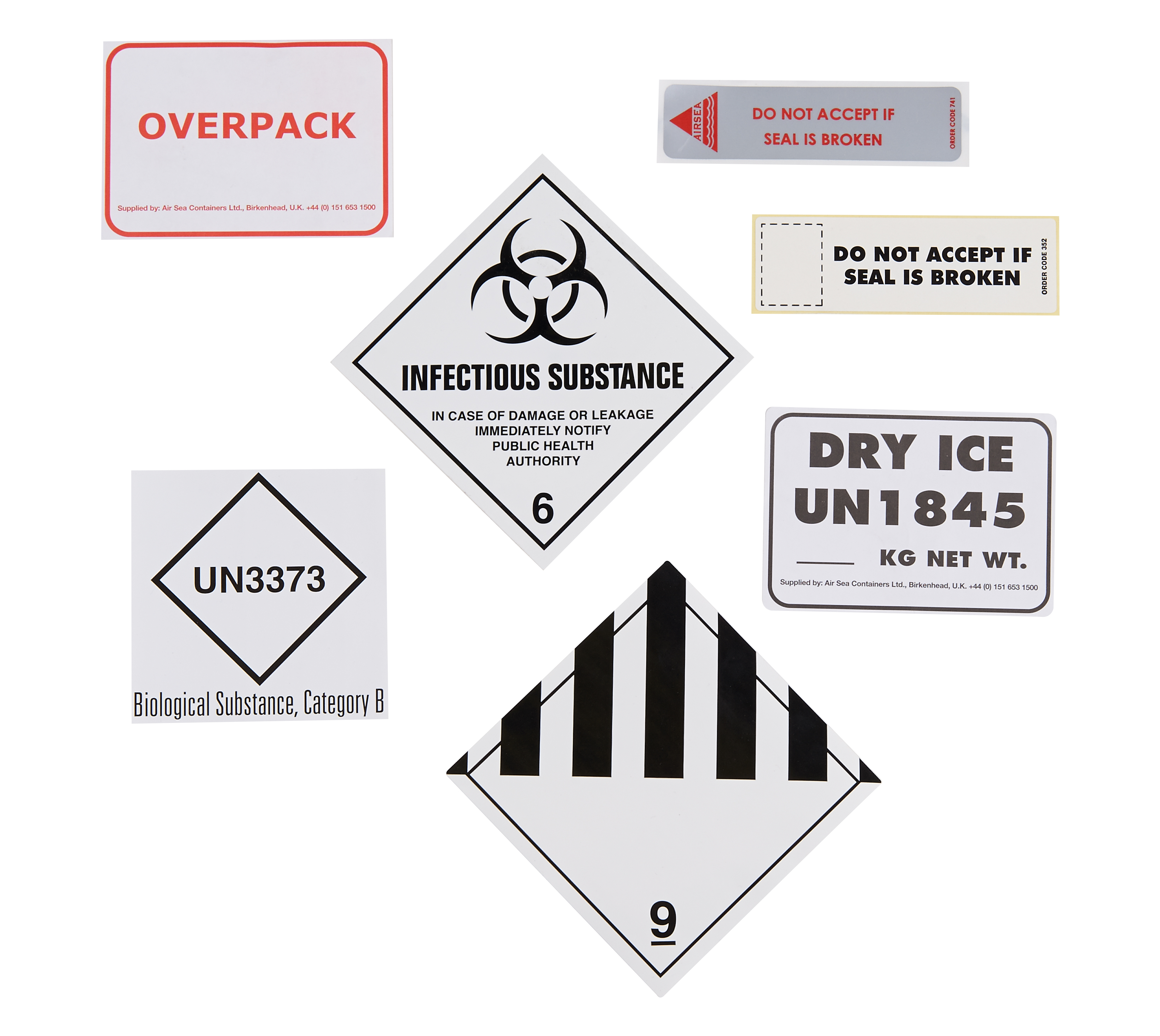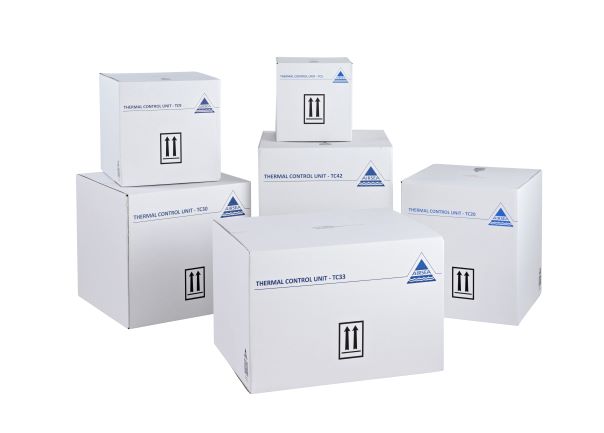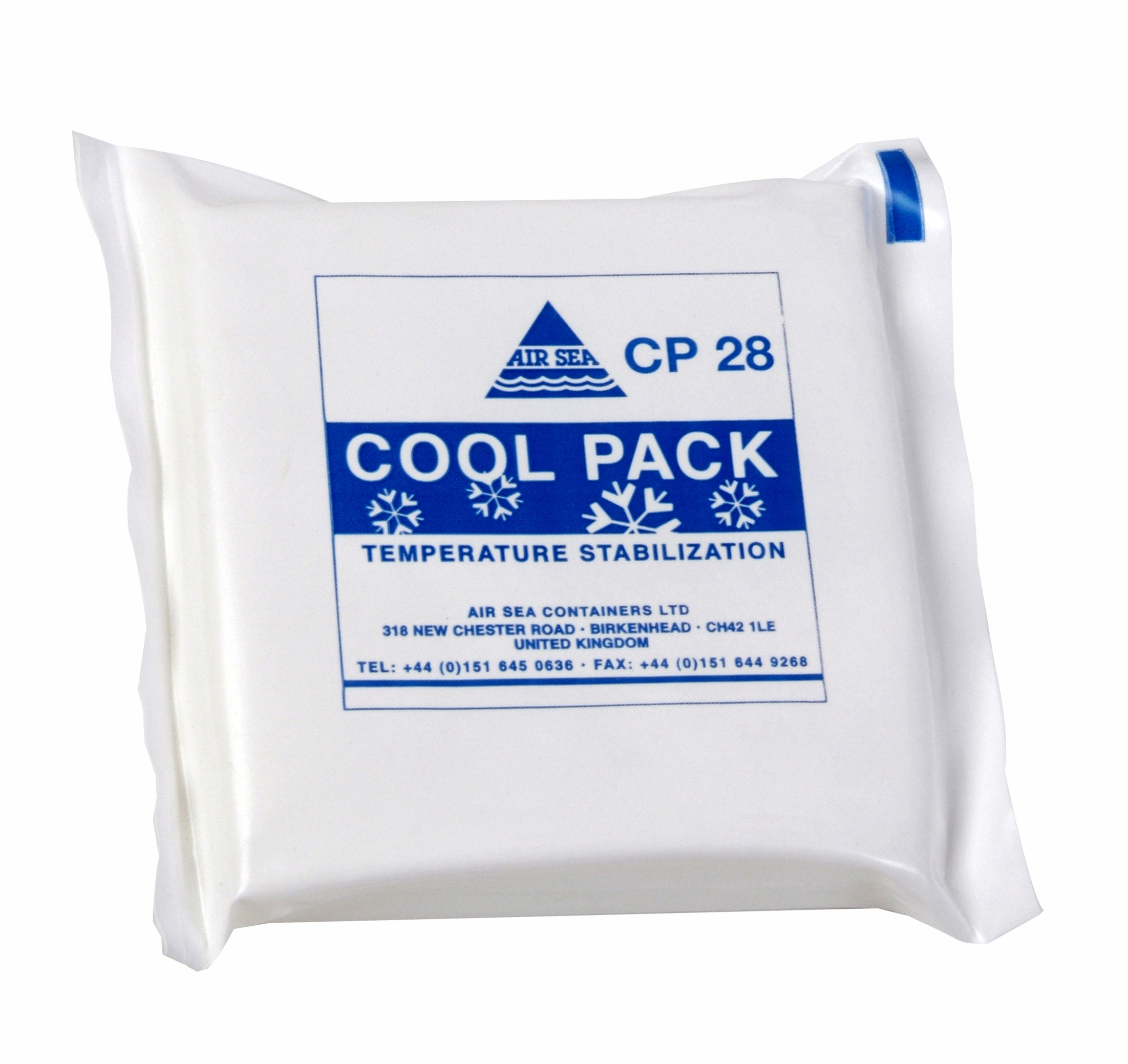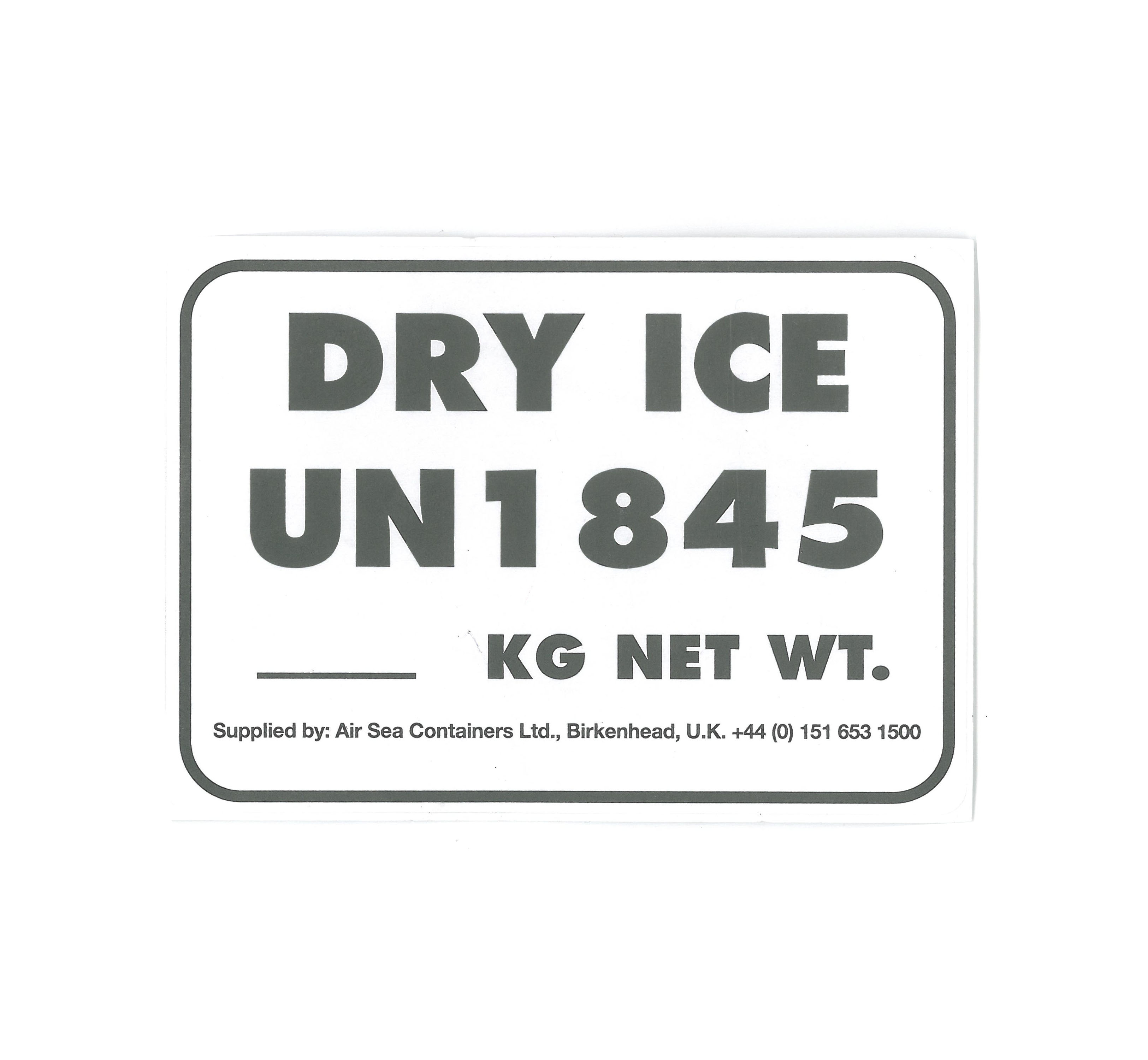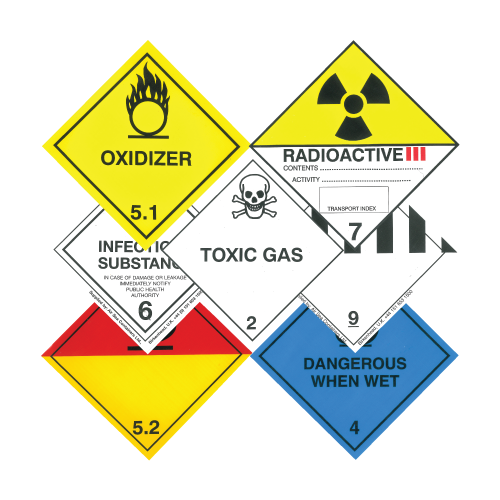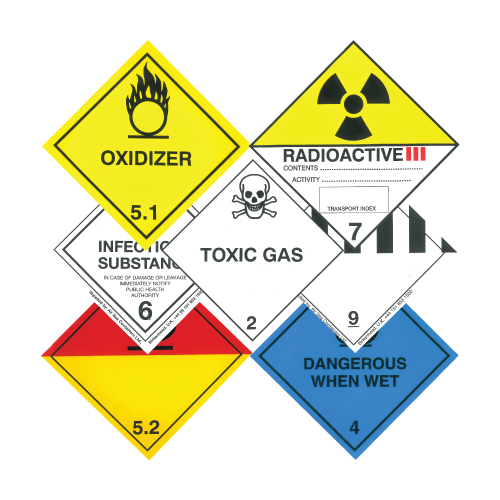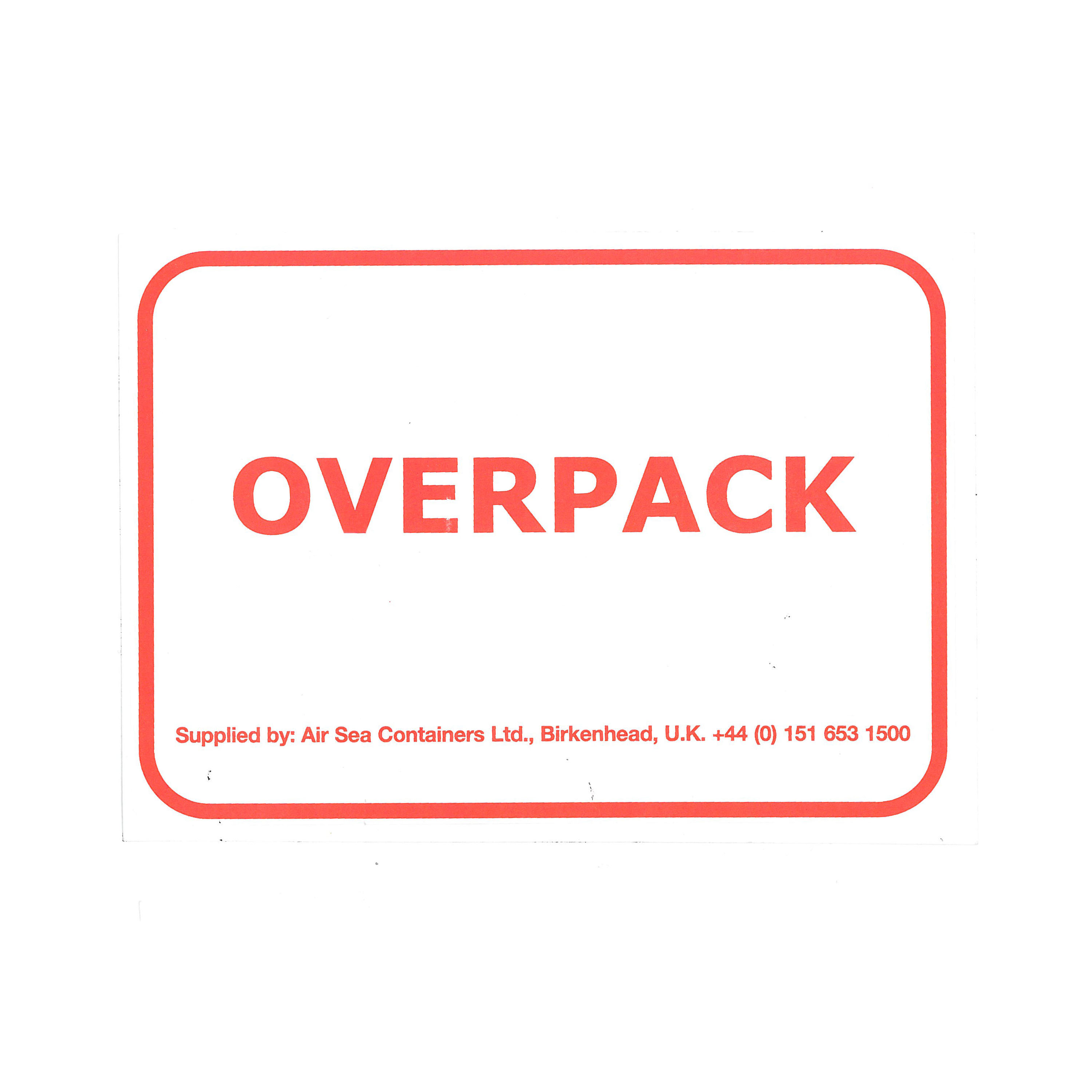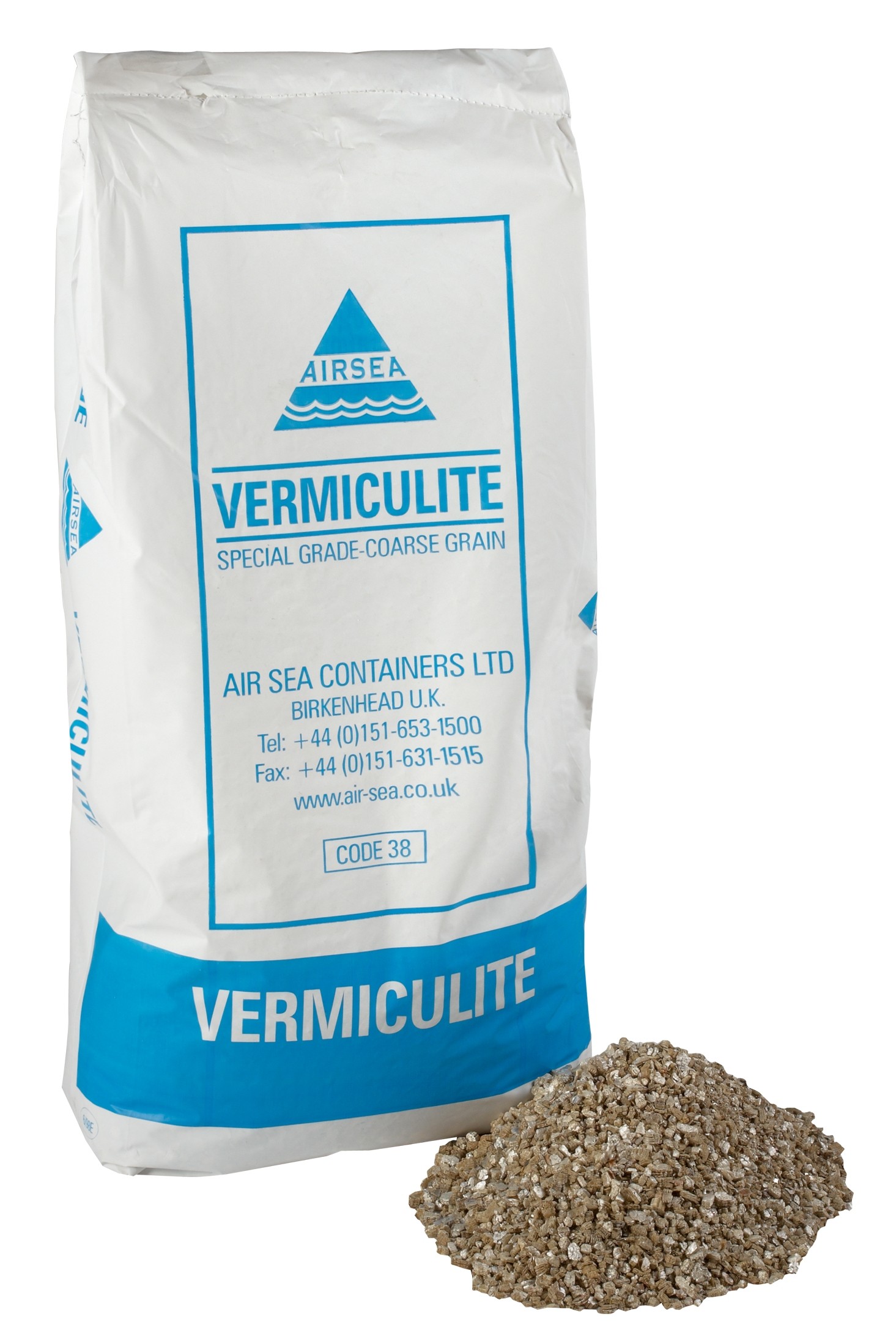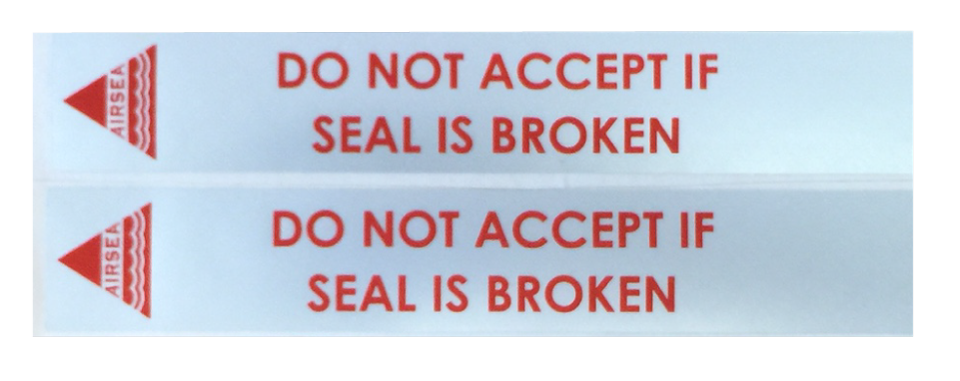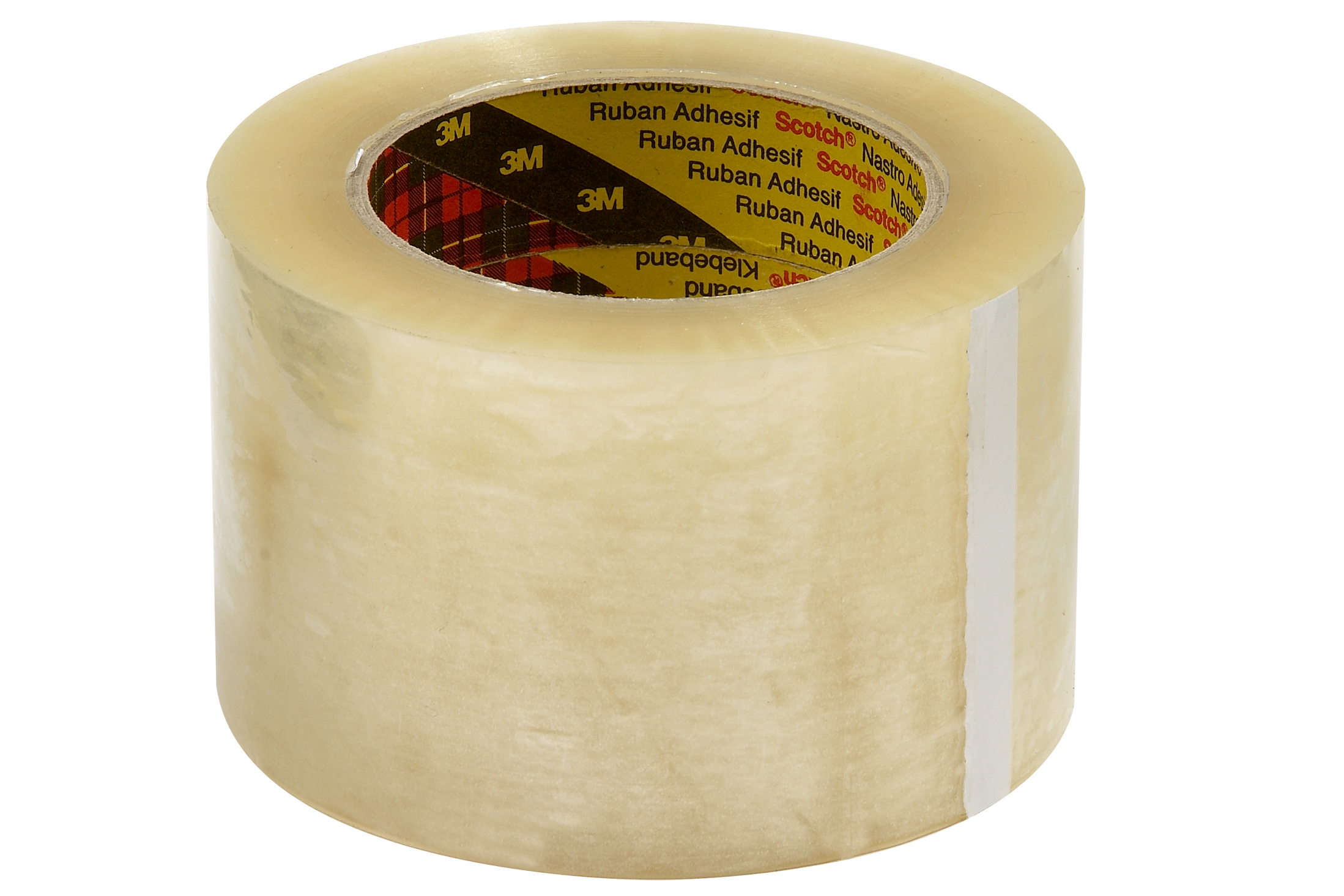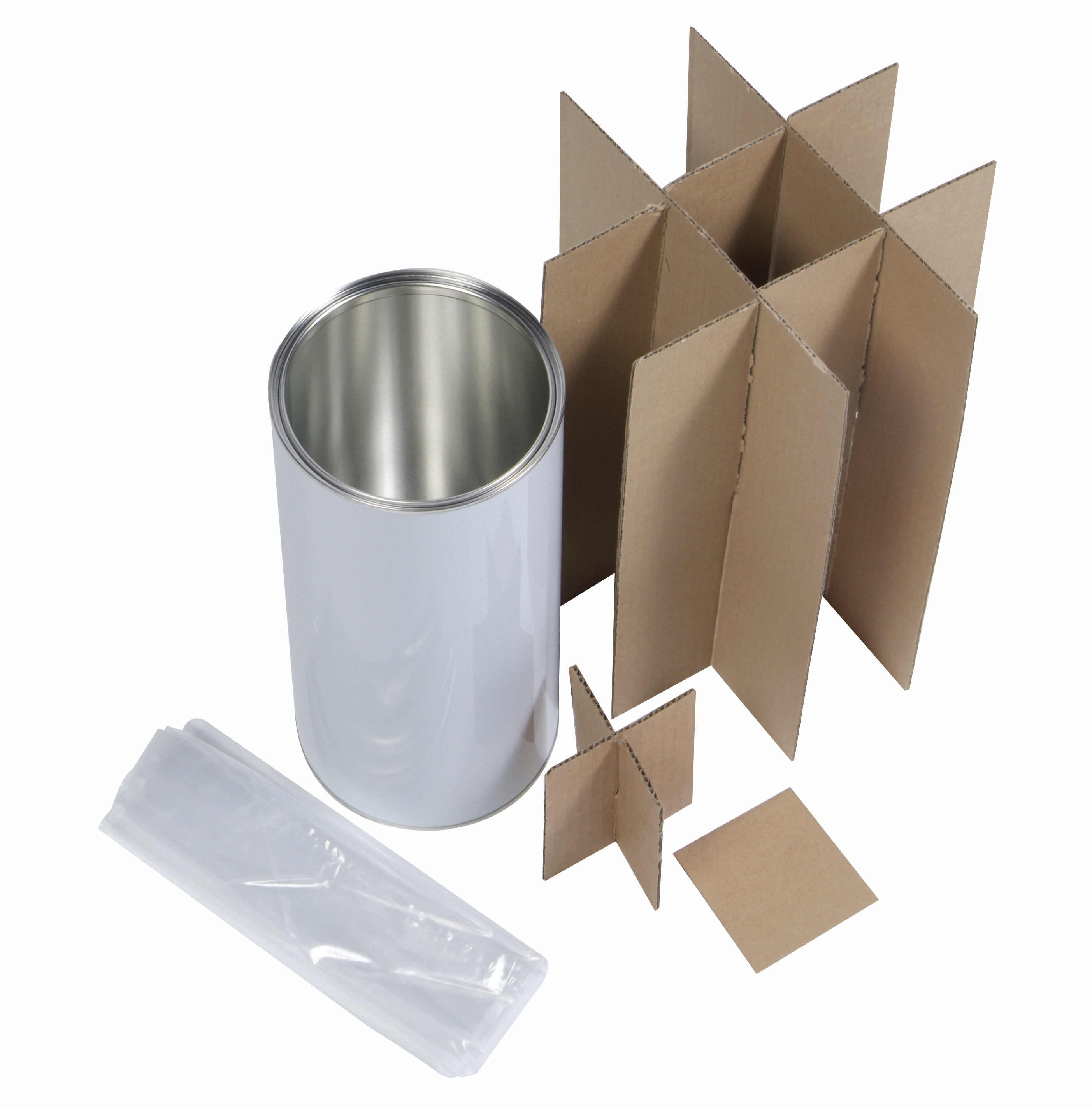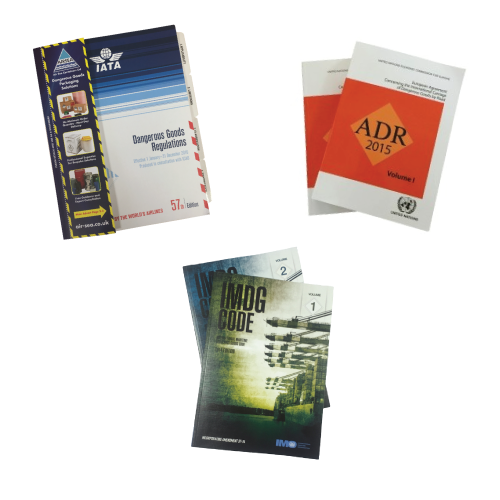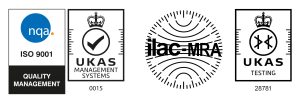Transportation of Dangerous Goods
The transport of dangerous goods is subject to strict regulations, and for good reason. Each dangerous material or substance poses a degree of risk, and it is the shippers’ responsibility to ensure that all risks are minimised.
Dangerous goods are defined as those that pose a risk to the health and/or safety of people or animals, the environment or property.
What is the shipper’s responsibility?
It is the shippers responsibility to act in accordance with all dangerous goods regulations and packaging requirements are met for shipment by air, sea and road. The shipper must also ensure quantities of dangerous goods are not exceeded beyond guidelines.
Who are dangerous goods regulations applicable to?
Dangerous goods regulations are applicable to anybody shipping dangerous goods by air, sea and land.
What is the purpose of dangerous goods regulations?
To ensure safe shipment of dangerous goods by air, sea and land.
Regulatory bodies for shipping Dangerous Goods
Each mode of transport has its own regulatory guide:
What If I’m Shipping Dangerous Goods by Air?
If you’re looking to ship dangerous goods by air, the regulatory body is the ICAO.
You can purchase the technical Instructions for the carriage of dangerous goods by air on our website.
Whilst refer to the ICAO technical instructions, shippers also commonly refer to the IATA (International Air Transport Association) dangerous goods regulations when shipping via air
What If I’m Shipping Dangerous Goods by Road?
If you’re looking to ship dangerous goods by road, the regulatory body is the ADR.
You can purchase the technical Instructions for the carriage of dangerous goods by road on our website.
What If I’m Shipping Dangerous Goods by Sea?
If you’re looking to ship dangerous goods by sea, the regulatory body is the IMDG.
You can purchase the technical Instructions for the carriage of dangerous goods by sea on our website.
Guide formats
Each of the regulatory guides has a similar format in that the main categories are mostly the same, bringing about a level of ease for shippers that send dangerous goods via multiple modes of transport. The structure follows a theme, such as:
1. Applicability
The applicability section covers definitions of dangerous goods, responsibilities of shippers, the requirements for formal training and incident and accident reporting.
2. Limitations
The limitations section covers forbidden and hidden dangerous goods, any reasons for allowing dangerous goods in excepted or limited quantities and, depending on the mode, any specific state or operator variations.
3. Classification
The classification section covers each of the 9 hazard classes and any subsections within them, including any distinctions between different types of dangerous goods, as well as packing groups.
4. Identification
The identification section covers how to identify a substance and therefore providing information to a shipper on how to package and ship. The ‘blue pages’, as they are referred to in the IATA dangerous goods regulation, provide some of the most important information.
5. Packing
The packing section covers how each specific dangerous material or substance should be packaged and shipped, including any limits or requirements for that mode of transport. The Packaging Instructions, alongside the tables laid out in section 4, are invaluable to a shipper.
6. Packaging Specifications and Performance Tests
The packaging specification and performance test section covers all of the requirements that shippers need to ensure are met when choosing compliant packaging for dangerous goods. It lists all of the UN packing codes for each approved packaging type, and the requirements for that package.
7. Marking and Labelling
The marking and labelling section covers all aspects of packaging marking, including how to affix hazard labels, over-packing dangerous goods and how to provide important information.
8. Documentation
The documentation section covers important paperwork that must be sent alongside packagings containing dangerous goods, such as shippers declarations and dangerous goods notes.
There are additional sections in each of the regulatory guides but the above eight sections are universal.
Information correct at time of publishing, 5th May 2017
 UK
UK



